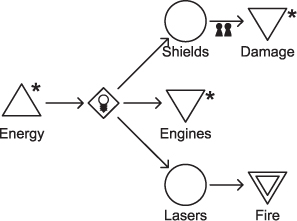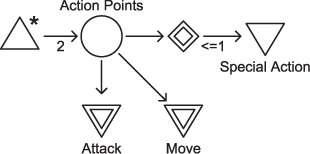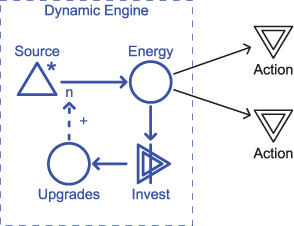Joris Dormans - Game Mechanics: Advanced Game Design
Here you can read online Joris Dormans - Game Mechanics: Advanced Game Design full text of the book (entire story) in english for free. Download pdf and epub, get meaning, cover and reviews about this ebook. year: 2012, publisher: New Riders, genre: Romance novel. Description of the work, (preface) as well as reviews are available. Best literature library LitArk.com created for fans of good reading and offers a wide selection of genres:
Romance novel
Science fiction
Adventure
Detective
Science
History
Home and family
Prose
Art
Politics
Computer
Non-fiction
Religion
Business
Children
Humor
Choose a favorite category and find really read worthwhile books. Enjoy immersion in the world of imagination, feel the emotions of the characters or learn something new for yourself, make an fascinating discovery.
- Book:Game Mechanics: Advanced Game Design
- Author:
- Publisher:New Riders
- Genre:
- Year:2012
- Rating:3 / 5
- Favourites:Add to favourites
- Your mark:
Game Mechanics: Advanced Game Design: summary, description and annotation
We offer to read an annotation, description, summary or preface (depends on what the author of the book "Game Mechanics: Advanced Game Design" wrote himself). If you haven't found the necessary information about the book — write in the comments, we will try to find it.
This in-depth resource teaches you to craft mechanics thatgenerate challenging, enjoyable, and well-balanced gameplay.Youll discover at what stages to prototype, test, andimplement mechanics in games and learn how to visualize andsimulate game mechanics in order to design better games. Along theway, youll practice what youve learned with hands-onlessons. A free downloadable simulation tool developed by JorisDormans is also available in order to follow along with exercisesin the book in an easy-to-use graphical environment.
In Game Mechanics: Advanced Game Design, youll learn howto:
* Design and balance game mechanics to create emergent gameplaybefore you write a single line of code.
* Visualize the internal economy so that you can immediately seewhat goes on in a complex game.
* Use novel prototyping techniques that let you simulate games andcollect vast quantities of gameplay data on the first day ofdevelopment.
* Apply design patterns for game mechanicsfrom a library inthis bookto improve your game designs.
* Explore the delicate balance between game mechanics and leveldesign to create compelling, long-lasting game experiences.
* Replace fixed, scripted events in your game with dynamicprogression systems to give your players a new experience everytime they play.
Ive been waiting for a book like this for ten years: packed withgame design goodness that tackles the science without underminingthe art.
--Richard Bartle, University of Essex, co-author of the firstMMORPG
Game Mechanics: Advanced Game Design by Joris Dormans& Ernest Adams formalizes game grammar quite well. Not sure Ineed to write a next book now!
-- Raph Koster, author of A Theory of Fun for GameDesign.
Joris Dormans: author's other books
Who wrote Game Mechanics: Advanced Game Design? Find out the surname, the name of the author of the book and a list of all author's works by series.

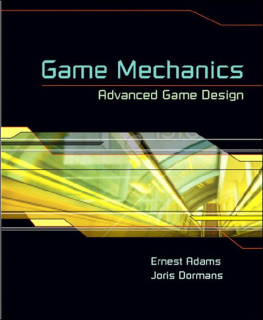


![Scott Rogers [Scott Rogers] - Level Up!: The Guide to Great Video Game Design](/uploads/posts/book/119441/thumbs/scott-rogers-scott-rogers-level-up-the-guide.jpg)
![Keith Burgun [Keith Burgun] - Clockwork Game Design](/uploads/posts/book/119426/thumbs/keith-burgun-keith-burgun-clockwork-game-design.jpg)
![Ethan Ham [Ethan Ham] - Tabletop Game Design for Video Game Designers](/uploads/posts/book/119417/thumbs/ethan-ham-ethan-ham-tabletop-game-design-for.jpg)
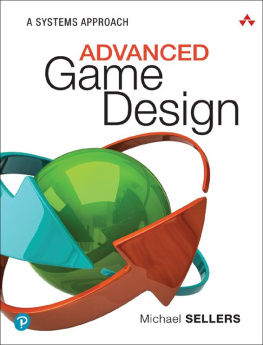
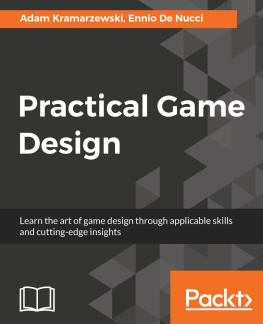


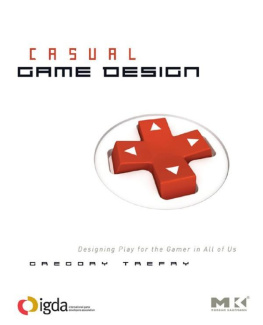

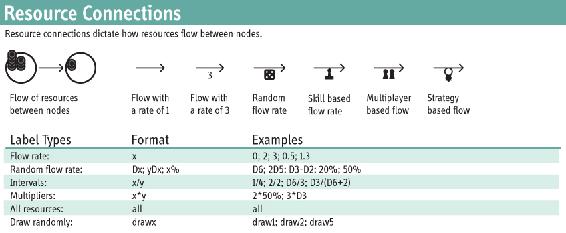
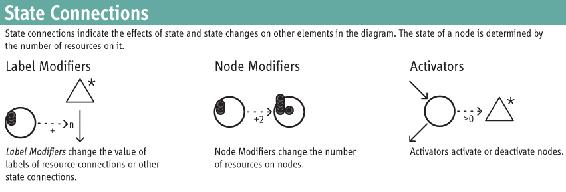




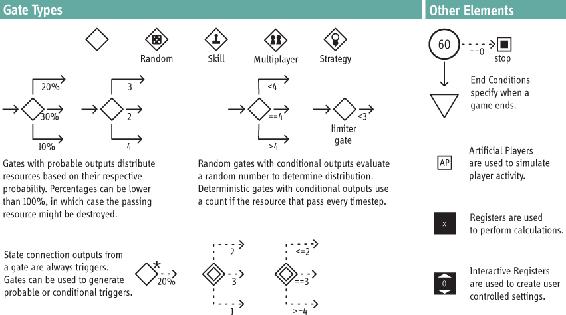
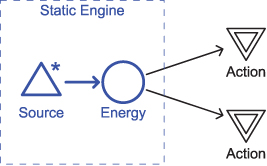
 Note
Note